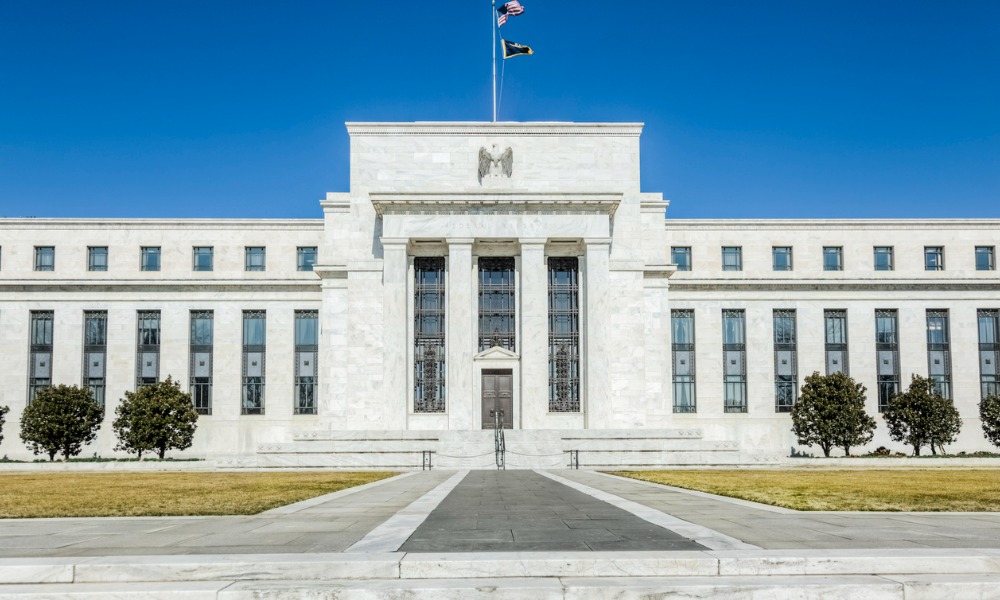Economists give verdict as Fed stays patient on rates but eases balance sheet

The housing industry is abuzz following the Federal Reserve's policy announcement on Wednesday, with economists offering varied analyses and predictions for the market.
As expected, the Fed said it would keep the federal funds rate in the 5.25% to 5.5% range for the sixth consecutive meeting. This comes against the backdrop of a US economy that continues to show resilience and persistent inflationary pressures.
Lack of progress
In its post-meeting statement, the Fed acknowledged uncertain economic prospects and a lack of progress towards its 2% inflation target despite sweeping rate increases over the past 15 months.
"The Fed is signaling with today’s announcement that there isn’t enough confidence that inflation will continue to drop toward the 2% target,” CoreLogic chief economist Selma Hepp said in a statement.
“With the economy and labor market proving resilient, and inflation ticking up again, the Fed seeks further assurance that inflation is headed sustainably towards its 2% target before cutting rates,” added First American senior economist Xander Snyder. “As a result, interest rates are again expected to remain ‘higher for longer.’”
Good news
The experts chorused that the slight loosening of the Fed’s quantitative tightening program is good news. Starting in June, it will slow the runoff of Treasury securities, reducing the monthly rate from $60 billion to $25 billion. MBS holdings will continue to roll off at $35 billion per month, with any prepayments above that cap reinvested in Treasuries.
Read more: Fed reveals latest decision on rates
“This means that, while the Fed will not begin selling Treasuries in June, it will be allowing fewer of them to mature,” Snyder explained. “It will not alter its roll-off rate for mortgage-backed securities (MBS), which will remain at $35 billion per month.
“Slowing the rate of balance sheet shrinkage, which is what the Fed decided to begin doing in June, equates to a slight loosening of monetary policy. It is, however, a gradual easing, as directionally the Fed is still shrinking its balance sheet by $60 billion per month.”
Marty Green, principal at Polunsky Beitel Green, agreed that over time, “this adjustment should have some positive impact on interest rates without the Fed needing to adjust the Fed funds rate.”
Mortgage rate outlook
Mike Fratantoni, chief economist of the Mortgage Bankers Association, said the Fed's decision confirmed its expectations for mortgage rates, which it raised in its April forecast.
“We expect mortgage rates to drop later this year, but not as far or as fast as we previously had predicted,” Fratantoni said.
Meanwhile, Hepp doesn’t anticipate significant mortgage rate relief throughout 2024. However, she noted a potential bright spot in increasing housing inventory, especially at lower price points.
“What is promising, however, is that some markets are showing an increase in inventory, especially on the lower end of home prices,” she noted. “That is the light at the end of the tunnel for the housing market right now."
Green raised the possibility that persistent inflation could force the Fed to abandon 2024 rate cuts entirely, potentially delaying them until 2025. However, he highlights the Fed's adjustments to quantitative tightening as a factor that could positively influence rates over time, independent of direct Fed funds rate changes.
“The question now is whether inflation proves to be so sticky that the Fed decides that rate cuts in 2024 are no longer in the cards and will instead be delayed into 2025,” Green said.
Stay updated with the freshest mortgage news. Get exclusive interviews, breaking news, and industry events in your inbox, and always be the first to know by subscribing to our FREE daily newsletter.



